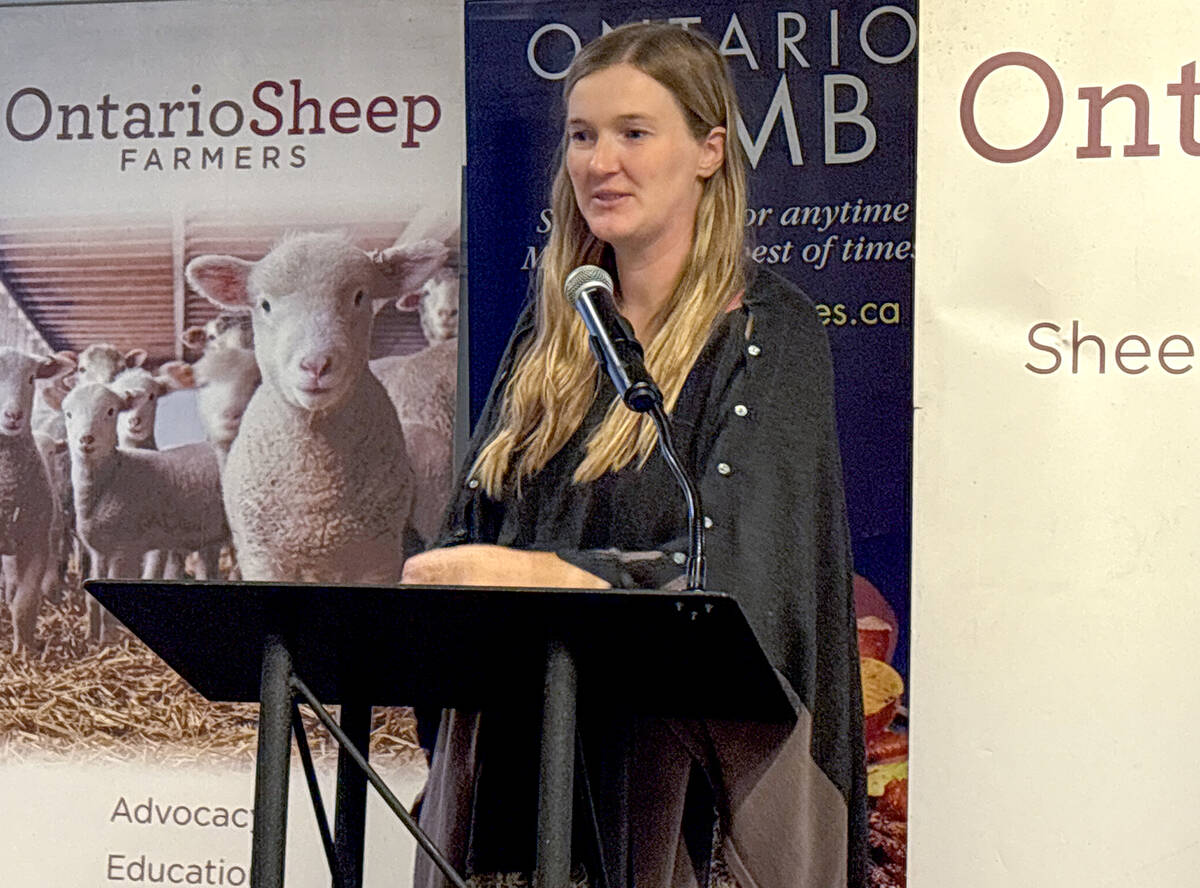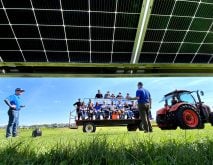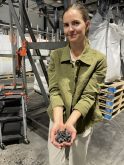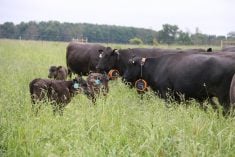Soil might seem like simple dirt to many people, but it is anything but simple for Canada’s food producers.
It is foundational to putting food on tables in Canada and worldwide. Healthy soil can also boost production, fight climate change and promote biodiversity. However, for soil to deliver on its full potential, farmers must adopt a holistic approach that uses the right tools and techniques in the right place and at the right time.
A recent Canadian Agri-Food Policy Institute (CAPI) webinar highlighted how soil is a complex, dynamic, organic ecosystem with huge variability across Canada.
Read Also

Footflats Farm recognized with Ontario Sheep Farmers’ DLF Pasture Award
Gayla Bonham-Carter and Scott Bade, of Footflats Farm, win the Ontario Sheep Farmers’ 2025 DLF Ontario Pasture Award for their pasture management and strategies to maximize production per acre.
This means that a farming practice that delivers the desired outcome in one field may not in another. For example, implementing cover crops, often touted as an important tool for sequestering carbon, may lead to increased carbon emissions in some situations.
Today, the federal government is looking for soil to play an important role in meeting its climate targets by sequestering carbon and reducing emissions through reduced fertilizer use. At the same time, markets are telling farmers to grow more to feed the growing global population.
Farmers respond to these calls by investing in new technologies and changing their practices, but these things cost money, take effort and may impact productivity.
Farmers are looking for support from those who are asking them to do more, including governments, processors and markets.
Agriculture is a shared jurisdiction, which can lead to government overlap and duplicated services.
Provinces have typically been responsible for on-farm programs, targeting support to the realities within their regions. This includes being responsible for Environmental Farm Plans and the programs that fund their implementation.
However, Ottawa announced $200 million in funding for on-farm action in the 2021 budget. Supporting only three solutions — nitrogen management, cover crops and pasture management — and seeking new delivery partners across the country.
The program is driven in part by a reality that some provinces cannot afford new investments or may not share the federal government’s desire for ambitious climate action.
There needs to be a more collaborative approach. Federal-provincial-territorial governments are finalizing negotiations on the next five-year agriculture funding agreement. Governments should use the opportunity to make provincial governments responsible for on-farm programs, while agreeing to a common set of ambitious objectives.
That does not mean there is no space for federal funding.
First, the federal government should support more research, innovation and knowledge transfer. The Living Labs Initiative is an excellent example of where Ottawa should lead. Canada must do more if it wants to be a world leader in the science of soil and the solutions required to deliver on its full potential.
Second, the federal government should lead the development of a national network to measure and monitor emissions from soils.
Canada needs more investment in emissions measurement and monitoring, including test sites, remote sensing, and new technologies. Better measuring emissions will allow farmers to be supported for actual results, rather than funding practices that may or may not deliver any.
Better data would also improve Canada’s emissions reporting and facilitate a diverse suite of market-based solutions. Facilitating these tools, including carbon credits, inset protocols and conservation payments, facilitate other actors, such as investors, processors and consumers, to pay for their desired sustainability outcomes.
Governments may prefer simple solutions and low-hanging fruit, and politicians may want to fund on-farm action to be closer to voters. Still, these approaches may not deliver the comprehensive solutions that are needed. Soil is complicated and getting soil to do all we need it to do is complicated, too.
– Tyler McCann is managing director of the Canadian Agri-Food Policy Institute (CAPI).














